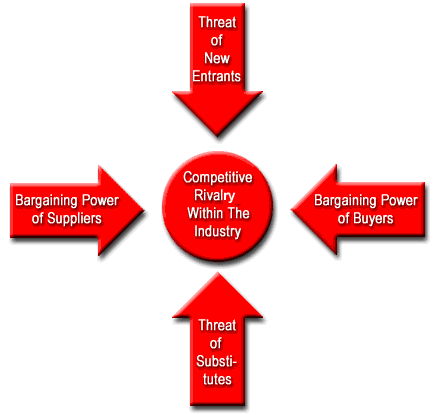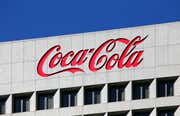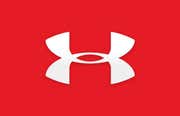If you are not familiar with the five competitive forces model, here is a brief background on who developed it, and why it is useful.
The model originated from Michael E. Porter's 1980 book "Competitive Strategy: Techniques for Analyzing Industries and Competitors." Since then, it has become a frequently used tool for analyzing a company's industry structure and its corporate strategy.
In his book, Porter identified five competitive forces that shape every single industry and market. These forces help us to analyze everything from the intensity of competition to the profitability and attractiveness of an industry. Figure 1 shows the relationship between the different competitive forces.
 |
| Figure 1 |
- Threat of New Entrants - The easier it is for new companies to enter the industry, the more cutthroat competition there will be. Factors that can limit the threat of new entrants are known as barriers to entry. Some examples include:
- Existing loyalty to major brands
- Incentives for using a particular buyer (such as frequent shopper programs)
- High fixed costs
- Scarcity of resources
- High costs of switching companies
- Government restrictions or legislation
- Power of Suppliers - This is how much pressure suppliers can place on a business. If one supplier has a large enough impact to affect a company's margins and volumes, then it holds substantial power. Here are a few reasons that suppliers might have power:
- There are very few suppliers of a particular product
- There are no substitutes
- Switching to another (competitive) product is very costly
- The product is extremely important to buyers - can\'t do without it
- The supplying industry has a higher profitability than the buying industry
- Power of Buyers - This is how much pressure customers can place on a business. If one customer has a large enough impact to affect a company's margins and volumes, then the customer hold substantial power. Here are a few reasons that customers might have power:
- Small number of buyers
- Purchases large volumes
- Switching to another (competitive) product is simple
- The product is not extremely important to buyers; they can do without the product for a period of time
- Customers are price sensitive
- Availability of Substitutes - What is the likelihood that someone will switch to a competitive product or service? If the cost of switching is low, then this poses a serious threat. Here are a few factors that can affect the threat of substitutes:
- The main issue is the similarity of substitutes. For example, if the price of coffee rises substantially, a coffee drinker may switch over to a beverage like tea.
- If substitutes are similar, it can be viewed in the same light as a new entrant.
- Competitive Rivalry - This describes the intensity of competition between existing firms in an industry. Highly competitive industries generally earn low returns because the cost of competition is high. A highly competitive market might result from:
- Many players of about the same size; there is no dominant firm
- Little differentiation between competitors products and services
- A mature industry with very little growth; companies can only grow by stealing customers away from competitors
The Industry Handbook: The Airline Industry
Related Articles
-
 Investing
InvestingAnalyzing Porter's Five Forces on Apple (AAPL)
Evaluate Apple's position in the marketplace by looking at it through the perspective of the Porter Five Forces Model for industry analysis. -
 Investing
InvestingAnalyzing Porter's Five Forces on JPMorgan (JPM)
Examine JPMorgan Chase & Company from the perspective of Porter's five forces model for industry analysis. -
 Investing
InvestingAnalyzing Porter's 5 Forces on Starbucks (SBUX)
Examine the industry position of Starbucks Coffee Company from the perspective of the company using the Porter's Five Forces model. -
 Investing
InvestingAnalyzing Porter's Five Forces on Goldman Sachs (GS)
Read a Porter's Five Forces breakdown of America's largest stand-alone investment bank, Goldman Sachs, including how the bank is protected from competition. -
 Investing
InvestingAnalyzing Porter's 5 Forces on Coca-Cola (KO)
Read about how to use the Porter's five forces model to evaluate the competitive landscape and how a large company such as Coca-Cola still has rivals. -
 Investing
InvestingPorter's Five Forces and Electronic Arts (EA)
Explore Porter's Five Forces as they apply to video game producer Electronic Arts; learn which external forces pose the biggest threats to EA's business. -
 Investing
InvestingStarbucks - Porter's 5 Forces
Even though Starbucks is a well established company, there is always a threat from competitive forces. -
 Investing
InvestingPorter's 5 Forces on Under Armour (UA)
Learn about Under Armour and how it differentiates itself in the competitive athletic apparel industry in light of Porter's Five Forces model.



